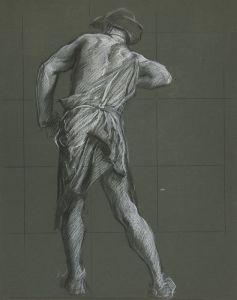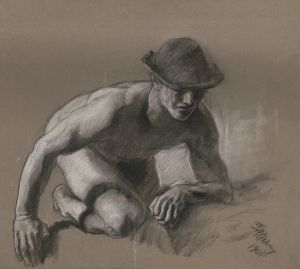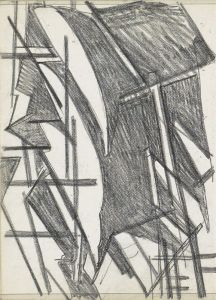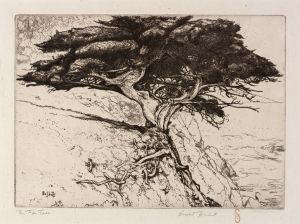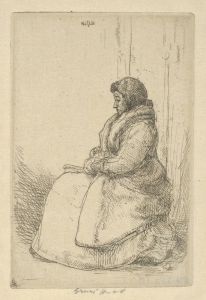
Bridgeport Docks
A hand-painted replica of Ernest Haskell’s masterpiece Bridgeport Docks, meticulously crafted by professional artists to capture the true essence of the original. Each piece is created with museum-quality canvas and rare mineral pigments, carefully painted by experienced artists with delicate brushstrokes and rich, layered colors to perfectly recreate the texture of the original artwork. Unlike machine-printed reproductions, this hand-painted version brings the painting to life, infused with the artist’s emotions and skill in every stroke. Whether for personal collection or home decoration, it instantly elevates the artistic atmosphere of any space.
Ernest Haskell (1876–1925) was an American artist known for his work as an illustrator, painter, and printmaker. He was particularly recognized for his etchings and posters, which contributed significantly to the art movements of his time. Among his various works, "Bridgeport Docks" stands out as a notable piece, though specific details about this particular artwork are limited.
Haskell was born in Connecticut and spent much of his career in New York City and Maine. He was part of the vibrant art scene in the early 20th century, a period marked by significant changes in artistic styles and techniques. Haskell's work often reflected the influences of the Art Nouveau movement, characterized by its decorative style and intricate line work. His expertise in etching and printmaking allowed him to capture detailed and expressive scenes, which were well-regarded by his contemporaries.
"Bridgeport Docks" likely depicts the industrial and maritime environment of Bridgeport, Connecticut, a city known for its bustling docks and shipbuilding industry during the late 19th and early 20th centuries. Bridgeport's location along Long Island Sound made it a significant hub for transportation and trade, contributing to its economic growth and urban development. The docks would have been a scene of constant activity, with ships arriving and departing, workers loading and unloading goods, and the machinery of the industrial age in full operation.
Haskell's ability to capture the essence of a scene with precision and artistic flair would have been well-suited to depicting such a dynamic environment. His attention to detail and skill in rendering textures and forms would bring the docks to life, showcasing both the human and mechanical elements of the setting. The artwork would serve as a historical snapshot of Bridgeport's industrial landscape, reflecting the city's role in the broader economic and cultural developments of the time.
While specific information about the composition, medium, and current location of "Bridgeport Docks" is not readily available, it can be inferred that the piece aligns with Haskell's broader body of work, which often explored themes of modernity and the changing American landscape. His art was not only a reflection of the physical world but also an exploration of the social and economic forces shaping it.
Haskell's contributions to American art were significant, and his works continue to be appreciated for their technical skill and historical value. Although "Bridgeport Docks" may not be as widely recognized as some of his other pieces, it remains an important part of his artistic legacy, offering insights into the industrial era and the role of art in documenting and interpreting the world.
In summary, while detailed information about "Bridgeport Docks" is scarce, Ernest Haskell's reputation as a skilled artist and his connection to the industrial themes of the early 20th century provide a context for understanding the significance of this work. His ability to capture the essence of a scene with precision and artistic flair would have made "Bridgeport Docks" a compelling depiction of a key aspect of American life during his time.





